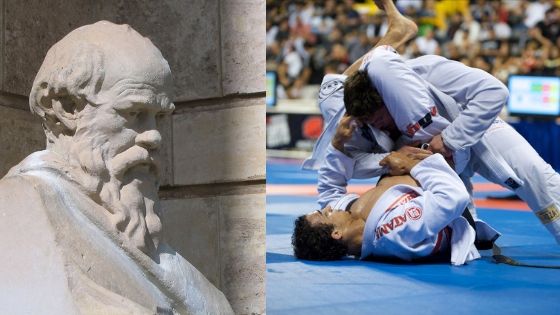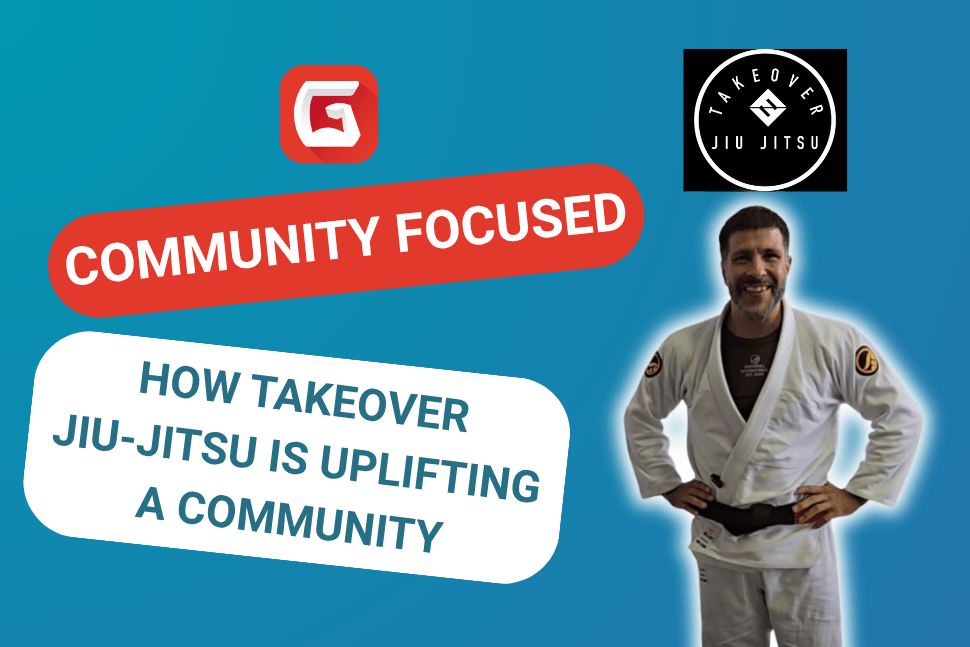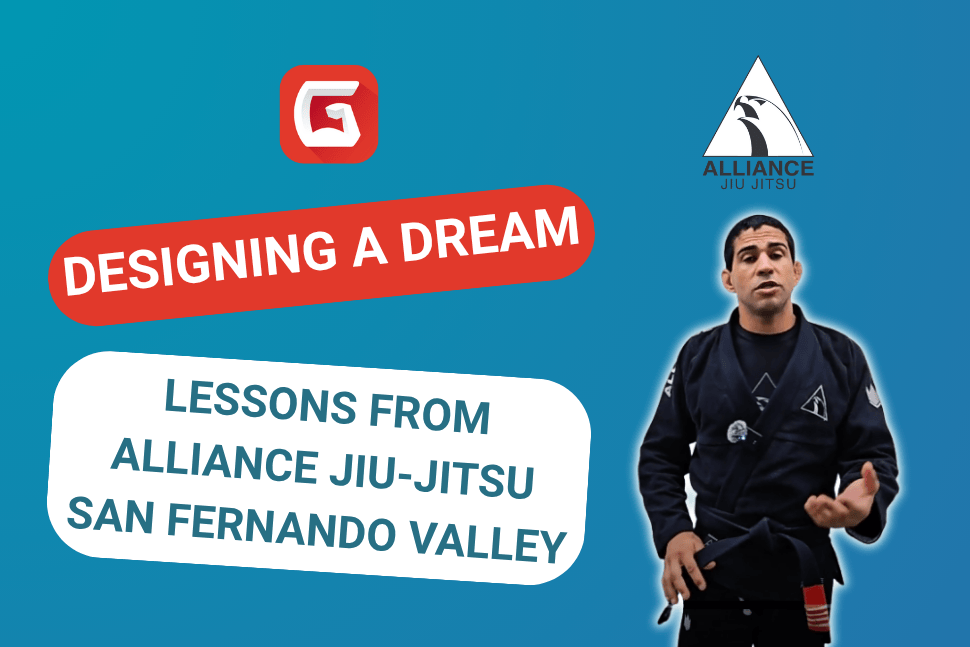What makes a good instructor?
Charisma and character aside, most people will say a good instructor is very detail-oriented or is a detailed communicator or doesn’t let you get away with poor form. Students appreciate the high standards, and instructors pride themselves.
And, after all, detailed instruction intuitively feels like high-value instruction…
But what if that’s just an illusion?
What if our ideas about good instruction are based less in the reality of how humans learn and more in a bias toward traditional teaching strategies?
The Best-Kept Secret of Building Powerful Martial Artists
Since the 1960s or earlier, a group of researchers in the science of learning movements, known as motor learning, have been slowly but steadily dismantling traditional ideas about physical education.
Like most practitioners, I used to think your ability to teach a technique clearly and in extensive detail was what made you a good instructor. I even took pride in my own ability to break down techniques and articulate the smallest technical minutiae.
But while clear instruction is important, motor learning research suggests that too much instruction — and too much detail — can hurt your students in the long run.
In their landmark work, Nonlinear Pedagogy in Skill Acquisition (2016), professors Jia Yi Chow, et al. explain why:
[O]verly prescriptive instructions…could disrupt the exploitation of inherent…processes that support movement control. This will inadvertently result in poorer performance.
The natural mindset for teachers is to want to help and, therefore, when they see learners struggling, they think they have to provide lots of information to help.
However, by interjecting early, practitioners [instructors] are actually hindering the natural processes of learning from taking place.
To that end, errors should be reframed as exploration in the search to discover functional movement solutions. (pg. 129-130)
So if very detailed instruction is not as helpful to students as we think, what can we do instead?
The Ingenious Method of Socrates
In the days leading to his fateful trial in Athens, Greece, Socrates met with a man named Euthyphro to discuss the charges that had been raised against him.
Socrates was accused of “corrupting the youth” — infecting them with “impious” ideas about the gods. He hoped Euthyphro had insight into what it meant to be pious and why it was worth being so…
Euthyphro tried to explain: “What is dear to the gods is pious. What is not important to the gods is impious.”
“We have also established that the gods are inconsistent with one another, Euthyphro,” said Socrates, “and that they dislike each other. Isn’t that true?”
Euthyphro stroked his chin. “That’s true.”
“So some values are hated by one god and loved by others?” Socrates said.
“Yes, very likely.”
Socrates sat up straight, a spark in his eyes. “Then according to your argument, some things are both pious and impious at the same time?”
Euthyphro tried to redefine pious several times but never gave Socrates a satisfying answer. What the philosopher’s carefully designed questions did was draw out the inconsistency of Euthyphro’s definition of “piety.”
More importantly, Socrates seemed to have blown a hole in the validity of the charges leveled against him by the government of Athens. How could he be accused of impiousness — of not valuing something the gods valued — if the gods did not each share the same values?
Well, that’s an interesting discussion best left to philosophers and theologians…
Today, you might know this tactic as the Socratic method. It’s used in different ways by prosecutors, defense attorneys, philosophers, and teachers.
To lawyers, it’s a way to persuade; but for philosophers and teachers, it’s a way to provoke self-examination and critical thought.
And in the hands of an able teacher, it’s a powerful tool.
Applying the Socratic Method to Martial Arts Instruction
As martial arts instructors, we don’t just want our students to be well-equipped. We want them to become self-sufficient martial artists who can troubleshoot any problems that arise during combat.
The Socratic method is powerful because it acts as a way to help students find answers for themselves, to not just learn the right answers but how to find the right answers. This type of learning is sometimes called exploratory learning or discovery learning.
Researchers have discovered that discovery learning is much more impactful than learning from direct, traditional classroom instruction. One of its main benefits is increased retention of techniques learned this way.
Asking the right questions is an art unto itself and will require a lot of trial and error, however.
If questions are too broad, students are unlikely to find the answers themselves. But if the question is too narrow, you’ve basically handed them a conclusion the same as direct instruction. In that case, they will likely still improve, but the extra impact of discovery learning is lost.
In other words, your questions set the boundary for your student’s personal exploration. It focuses the attention of a student to the right area without giving away what he or she should be looking for.
The Method in Action: BJJ
Imagine this scenario:
A fresh blue belt is partnered with a crusty old brown belt for positional drills. The goal for our blue belt here is, starting in side-control, make the brown belt start to turn away and chair sit him into back control. Doing so successfully resets the drill.
The blue belt does well forcing the brown belt to turn away to expose his back, but as he starts the back take the brown belt easily puts his back on the mat, foiling the attempt. After a few runs, our blue belt is visibly upset.
You know what he can do to stop this from happening…but you also know if you simply tell him, he won’t have thought it through himself and he’ll be less likely to retain the solution.
Instead, you ask a simple question:
“Where are you losing control of him?”
The blue belt thinks for a second, then gets the brown belt to walk through the motions with him, pinpointing the moment where things go wrong.
You follow up: “How is he escaping from there?”
Again, the blue belt breaks it down. The brown belt chimes in to clarify a few things he missed.
Finally, you ask your final and most important question:
“Now that we’ve slowed it down some, what do you think you can do to prevent this from happening?”
The blue belt stares for a moment, pensive. Then he demonstrates a few options.
“Great,” you say. “Let’s do the drill again, and now I want to see you test those out.”
After a few interations and refinements, the blue belt is able to stop the escape and successfully transition to back control.
Discovery Learning Isn’t the Only Reason to Adopt this Method…
The power of discovery learning aside, simply telling your students what to do for every problem they find makes them psychologically dependent on you for all their solutions.
Here’s the problem with that:
Your students don’t get a chance to practice problem solving by themselves.
Being an instructor is like being a parent. Like a parent, your chest swells with pride whenever your disciples experience a success.
But the sad part about being a parent is that eventually your little guys grow up — they learn to make their own decisions, carve out their own paths.
Parent or not, I’m confident you can resonate with this:
One of the chief roles of parents is to prepare their children to survive and succeed in the real world.
At some point, parents have to expose their children to rougher aspects of the world, let them make decisions and deal with the consequences.
A good parent will work in the background, making sure that, while the situation is sufficiently instructive, their child is not without a lifeline.
But parents often goof this up. They love their children so much that they shelter them too long. They don’t afford them real opportunities to grow their decision-making skills.
Their children stay in a bubble until college, where they find their decision-making skills are severely underdeveloped.
As instructors, we likewise tend to think we should control our students’ decision-making longer than we ought.
We do this by limiting them to one or two solutions to a problem — and by confining them to compliant drills, robbing them of the chance to practice decision-making in real time.
So here’s the key take-away:
Make yourself uncomfortable. Let your students start practicing their decision-making skills earlier than usual. Use your questions to nudge them along the way. You might be surprised with the result…
Conclusion
Instructors traditionally believe that more and detailed instruction is what makes them good teachers.
However, motor learning research continues to show that students do better when they’re allowed to explore and discover things on their own. That is, too much feedback can overwhelm the brain and disrupts the natural human learning process.
Instead, instructors can harness the power of discovery learning by guiding their students through the use of carefully constructed questions, modeled after the Socratic method.
This way, instructors can set boundaries around their students’ personal exploration of martial arts practice, allowing room to grow through discovery learning while also mitigating common pitfalls.
Here at Gymdesk, we have several features that can help you track the skill progression of your martial arts students and individualize your coaching. To find out more on how our software helps enhance martial arts schools, check out our Gymdesk martial arts page.
 Gym Owner Statistics: The State of Gyms, Member Trends, and Usage Data
Gym Owner Statistics: The State of Gyms, Member Trends, and Usage Data




 EN (English)
EN (English)
 JA (日本語)
JA (日本語)